
News & Analysis
Q & A with Liset Cruz, Reporting on US Medical Deportations
Type Investigations goes behind the scenes of a recent exposé on how hospitals are turning to medical deportations of undocumented patients in the United States.

Type Investigations goes behind the scenes of a recent exposé on how hospitals are turning to medical deportations of undocumented patients in the United States.
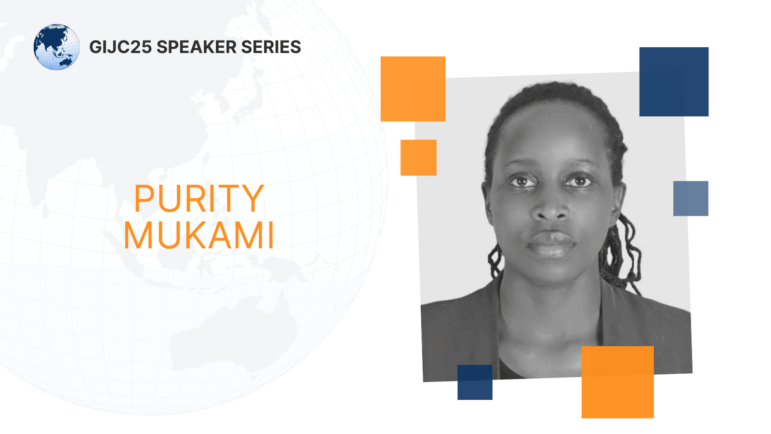
GIJC25 speaker Purity Mukami, who trained as a statistician, is one of the pioneering women reporters helping to build data journalism in East Africa.
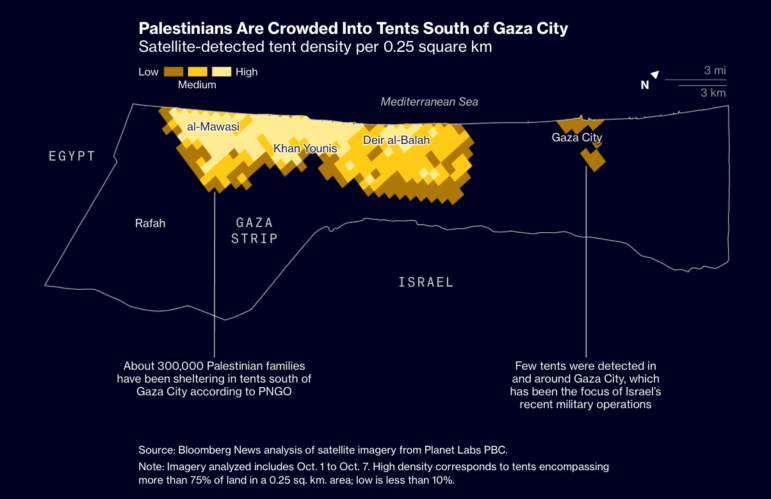
Our round-up of the best in recent data journalism also features stories on what happens next in Gaza, a wildfire in a Namibian nature reserve, and the rise of the bespoke tailoring market in India.

Through her two-plus decades of mentoring young journalists, Joke Kujenya has left a legacy of fostering and strengthening investigative reporting in a difficult press climate.

Since 2020, the exiled outlet’s investigations have led to approximately 90 sanction actions, proving how journalism can make a real impact on authoritarian regimes.

Reporters, editors, and experts who cover regions with longstanding tensions or conflict between communities share tips and best practices for reporting responsibly — and safely.
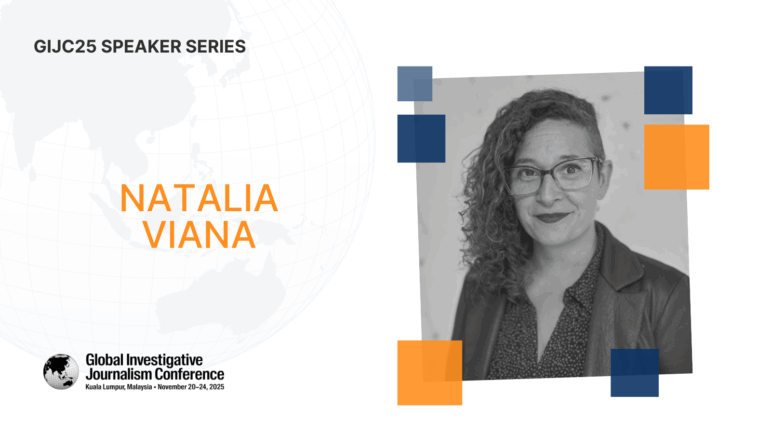
Natalia Viana, co-founder and executive director of Agência Pública, Latin America’s largest nonprofit newsroom, has investigated human rights and the spread of online disinformation.

The first Global Investigative Journalism Conference to be held in Asia will feature a treasure-trove of Asia-focused panels, data workshops, and networking events,

Investigations from Pakistan, Bangladesh, and India illuminate the routes and networks fueling human trafficking and people smuggling in, and from, the region.
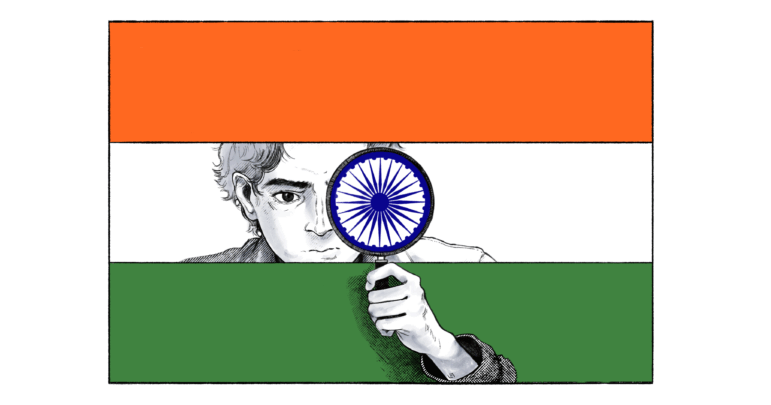
This small yet notorious investigative outlet was formed almost by accident — but has gone on to investigate electoral issues, conflict, and the death of an Indian journalist.
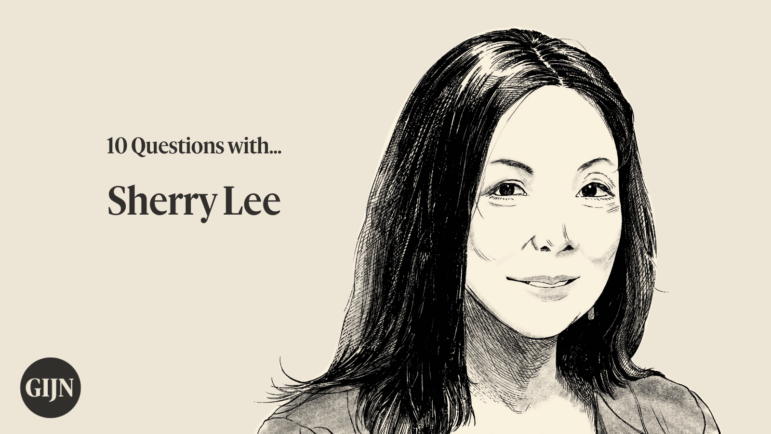
The award-winning reporter and deputy CEO of Taiwan’s The Reporter says public support is the “vital force” that ensures investigative journalism continues to exist.
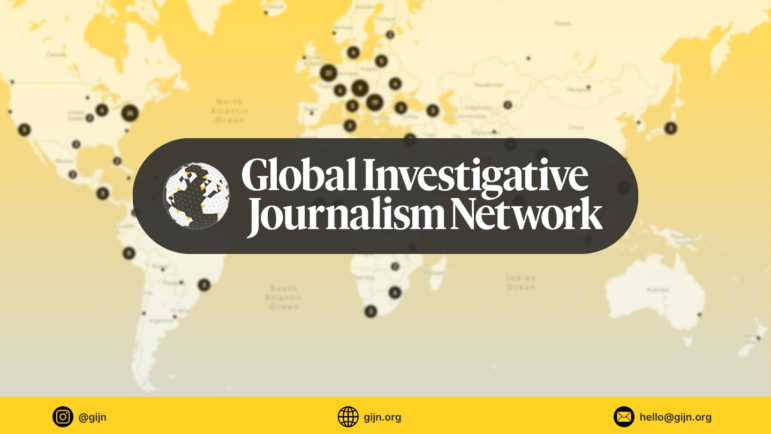
This October, GIJN member representatives will vote to elect three regional representatives and four at-large directors for the 15-person Board of Directors.
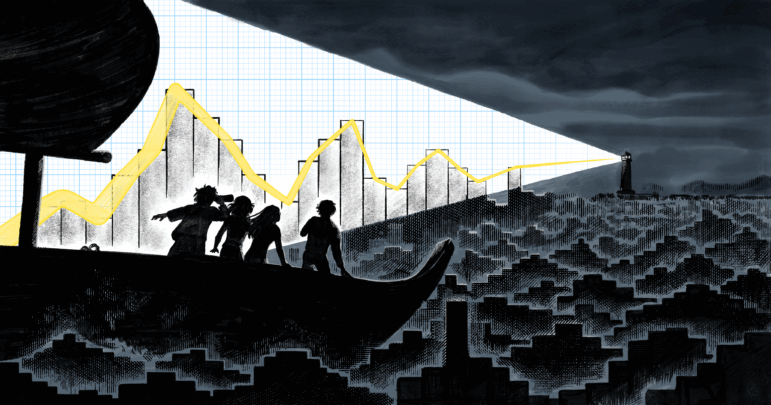
Data storytelling newsrooms have found innovative approaches to navigate closed data regimes, political pressures, and resource gaps.
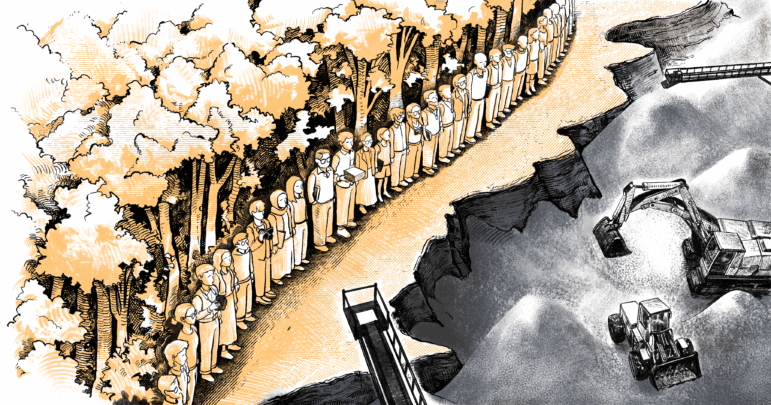
Outlets across the region are collaborating to investigate the environmental harms that cross borders.

Kunda Dixit speaks to GIJN about the challenges he has faced in a storied career in investigative reporting, from going into exile to reporting in the face of legal attacks.
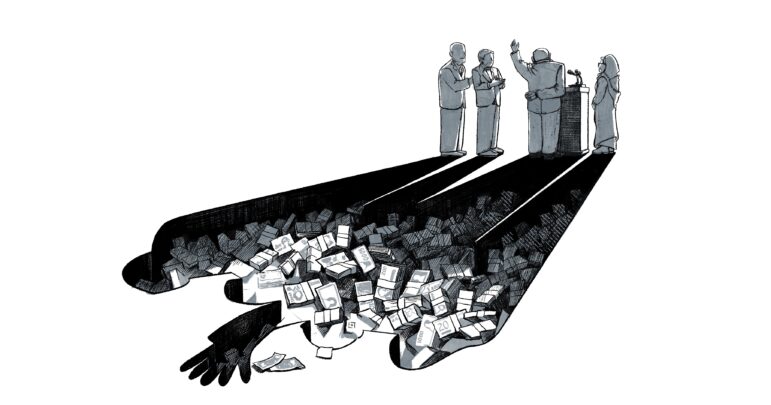
In this installment of GIJN’s Asia Focus project, we look at how investigative journalists across the continent are exposing kleptocracy and documenting official corruption.
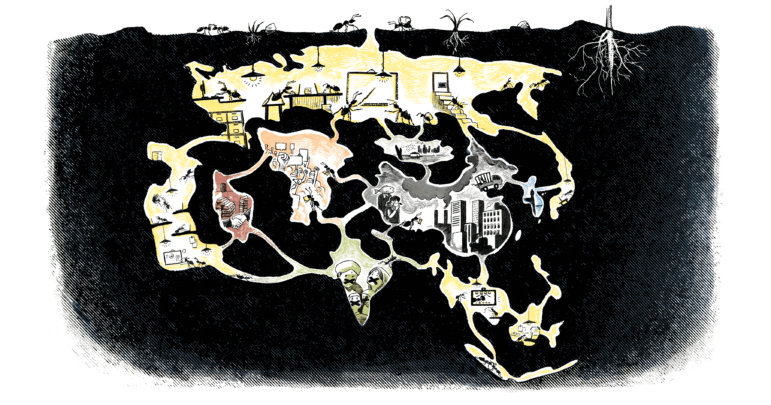
Asia serves as a unique laboratory in the global media landscape but journalists here face multiple challenges: censorship, threats, surveillance, and financial pressures.
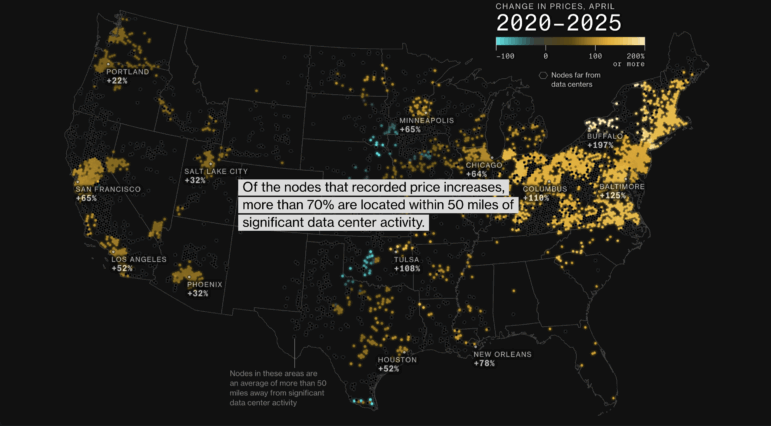
Our round-up of the best in recent data journalism also features stories about fuel smuggling in Mexico, poverty in Nigeria, and typhoons in Hong Kong.
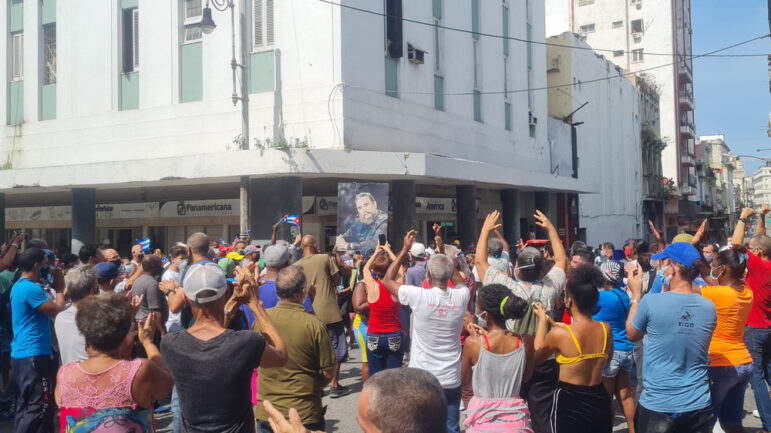
The award-winning reporter was described by the jury as “the most authoritative voice on the island nation in the US media.”

Headed to GIJC25 in Kuala Lumpur later this year? Here are a dozen books about Malaysia to read before your trip.

The investigative journalist — who has covered topics from ISIS to troll armies — talks to GIJN about his novel reporting methods and keeping investigative journalism alive in Turkey.

Tristan Ahtone is an award-winning journalist that has demonstrated the power of using historical archives to expose systemic injustices imposed on Indigenous communities.

The global nonprofit WITNESS seeks to address one of the biggest data gaps in the digital verification landscape: the dependence on tools-based methods that lack local knowledge.
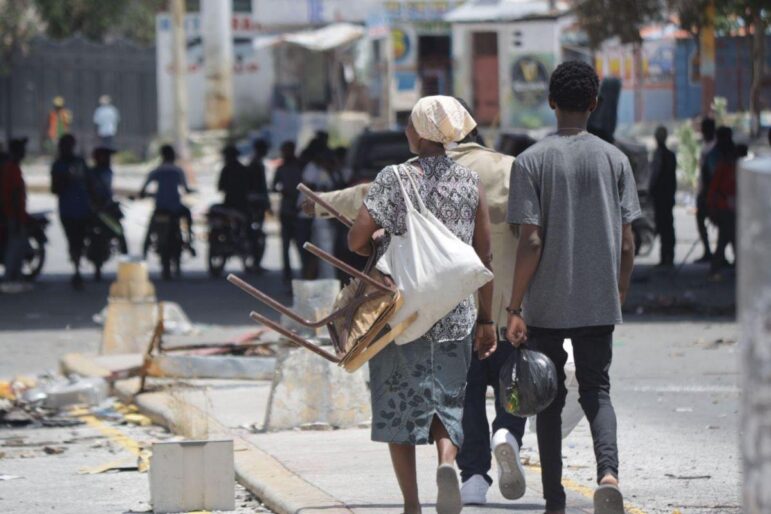
Being a journalist in Haiti means not only witnessing daily violence but also being a potential target, one news outlet remains a home for those who refuse to stop reporting.

As part of its Ground Truths collaborative project, a group of Pulitzer Center-sponsored journalists uncovered how foreign agribusiness companies are impacting Laos.

Journalism pioneer Maria Ressa, famed economist Joseph Stiglitz, and UN Rwanda Tribunal prosecutor Charles Adeogun-Phillips headline the top experts on the conference’s program.

Inkyfada’s Malek Khadhraoui believes in using the power of collaboration and innovation to work around repressive regimes and a systemic lack of access to information.
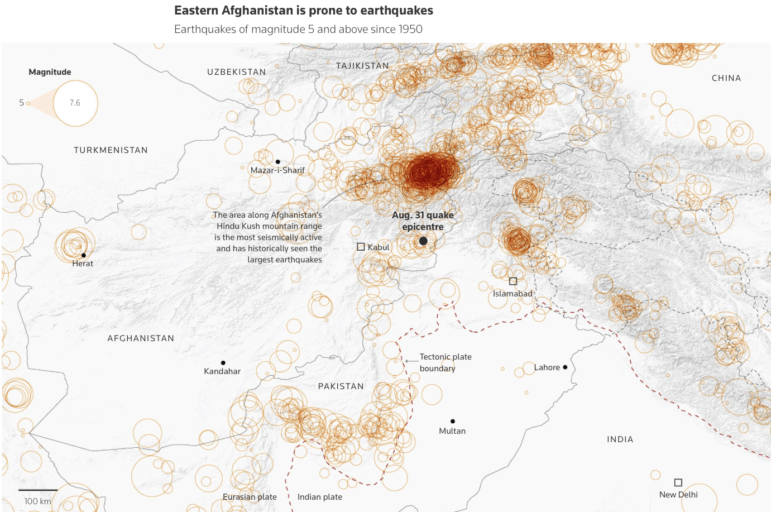
Our round-up of the best in recent data journalism also features stories on Russia’s military equipment losses, Pacific deep-sea mining, and Paralympic swimming.